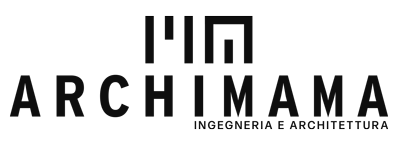Five Technologies to renovate your Building Facade
In recent years, alongside government incentives, there has been extensive discussion about building energy efficiency.
But what are the concrete intervention options?
In this article, we share the five best technologies for energy-efficient facade renovation.
1. External Thermal Insulation System
The external insulation system remains one of the most effective solutions for thermal insulation.
True innovation lies in next-generation materials: expanded polystyrene panels, polyurethane, or high-density rock wool.
The benefits are numerous:
- Heat loss reduction during winter;
- Reduced consumption for summer cooling;
- Better living comfort with more uniform temperatures throughout;
- Quick return on investment.

2. Ventilated Facade
The ventilated facade represents a qualitative leap in insulation approach, with high aesthetic value.
Creating a ventilated gap between the external cladding and building wall promotes air circulation.
This reduces humidity risk and improves thermal insulation, substantially reducing annual energy consumption and wall moisture.
Moreover, lightweight and sustainable materials can be used for cladding, such as fiber cement, porcelain stoneware, metal, or wood panels.
At Archimama, we chose this technique for the “Condominio Sesto” project.

3. Integrated Photovoltaic Panels
Using integrated solar panels as external facade cladding provides an aesthetic and functional solution.
This combination enables electricity generation (clean energy) and CO2 emission reduction without compromising aesthetics.
Thanks to government incentives, the investment can be amortized within a few years.
To see a practical application of this technology, check out our Smart Condominium project.

4. Nanotechnology Coating
Nanotechnology coating uses nanometric particles to improve physical and chemical properties of the materials used.
This solution, representing the most advanced frontier in renovation, offers several advantages:
- Reduces heat loss with just a few millimeters thickness;
- Improves thermal insulation, lowering energy consumption for heating and cooling;
- Allows various finishes and colors, achieving desired aesthetics: a huge advantage for protected historic buildings.

5. Insulated Panels
An insulated panel is a prefabricated element composed of two material layers (like stoneware or cement) enclosing an insulating core, typically made of expanded polystyrene, polyurethane, or rock wool.
Prefabricated insulated panels are ideal for projects requiring quick completion without compromising quality.

Conclusions
Choosing the most appropriate technology depends on multiple factors: urban planning constraints, budget, timing, energy efficiency goals, building characteristics.
Need to renovate your building facade but don’t know who to turn to?
Contact us, we’ll be happy to help you choose the solution that best fits your needs!




